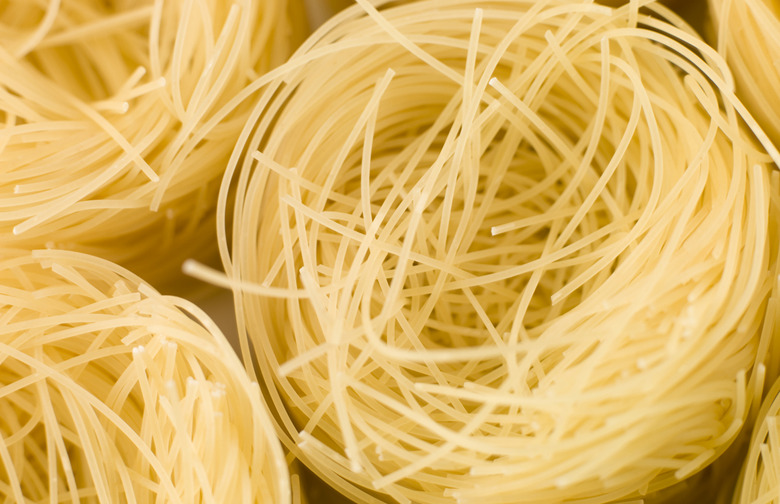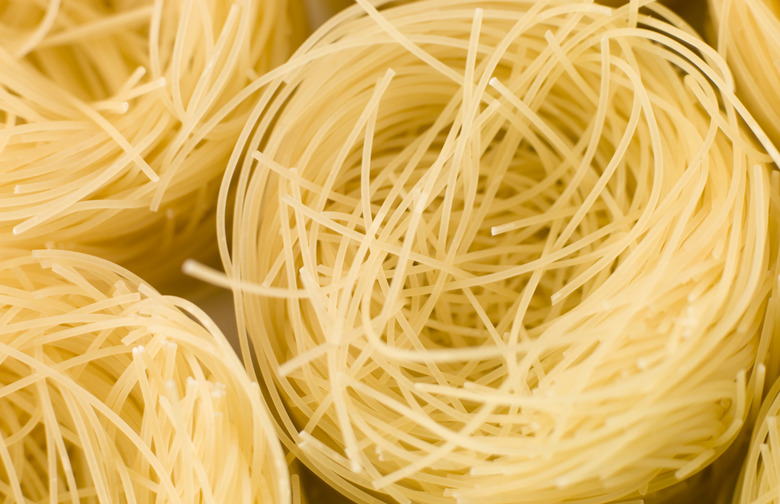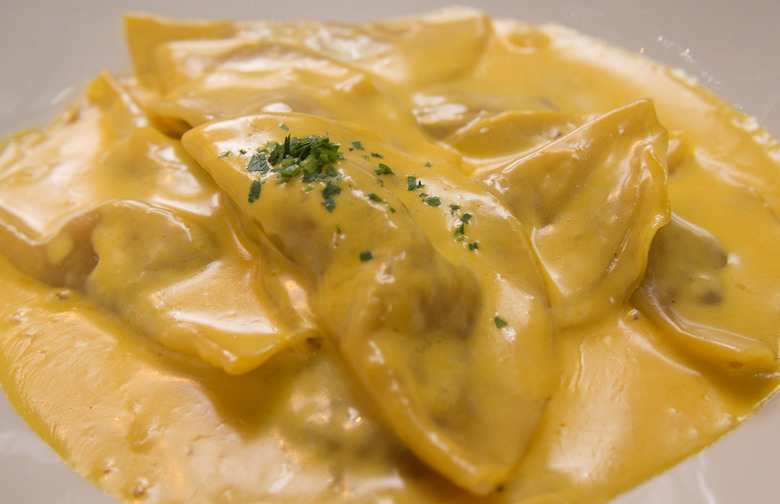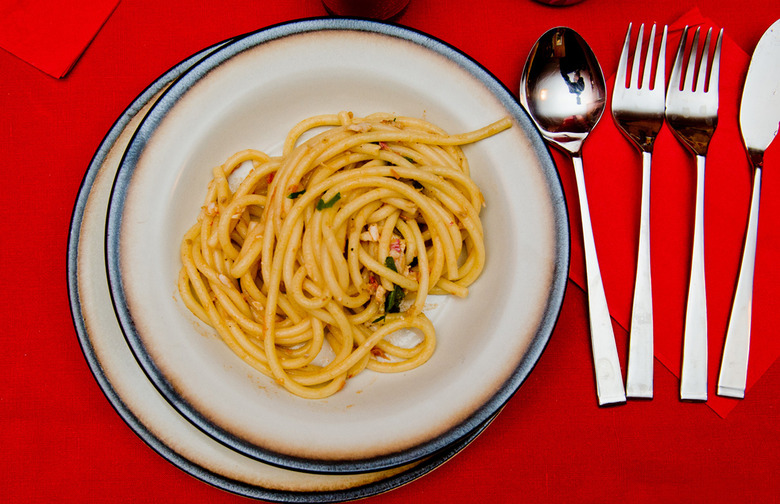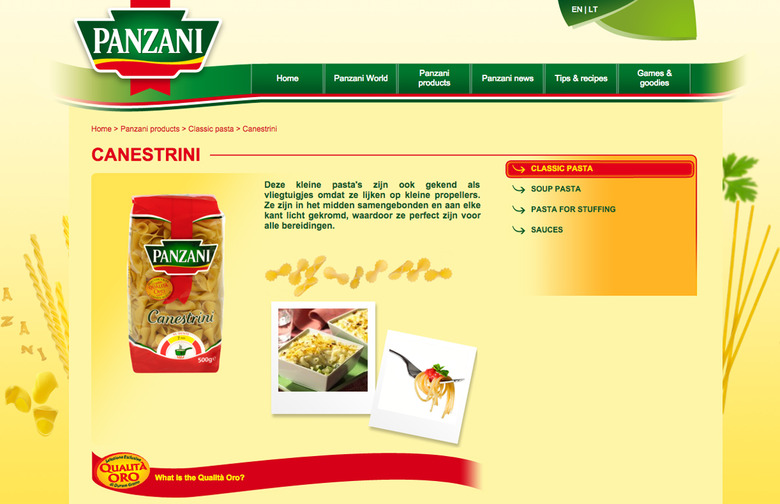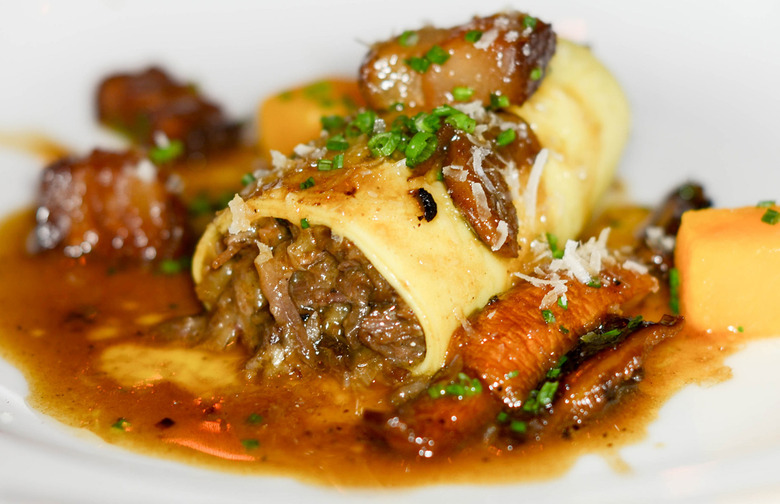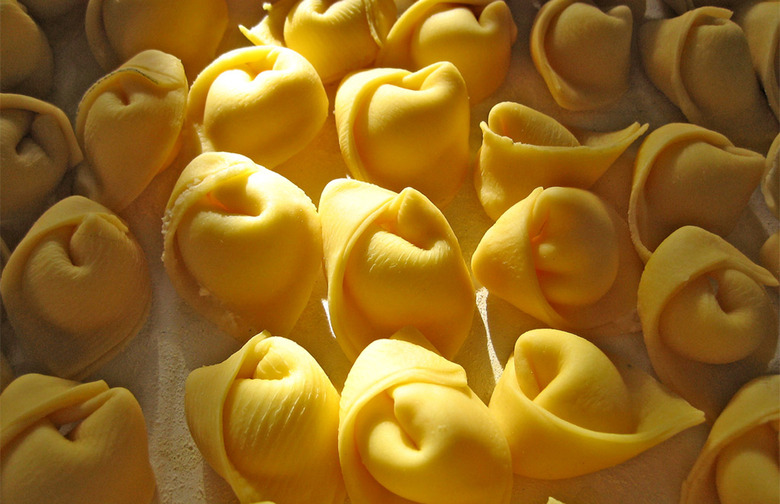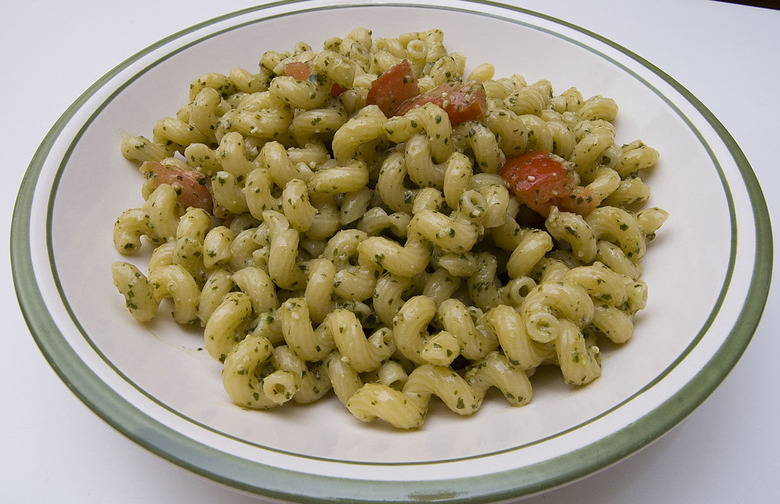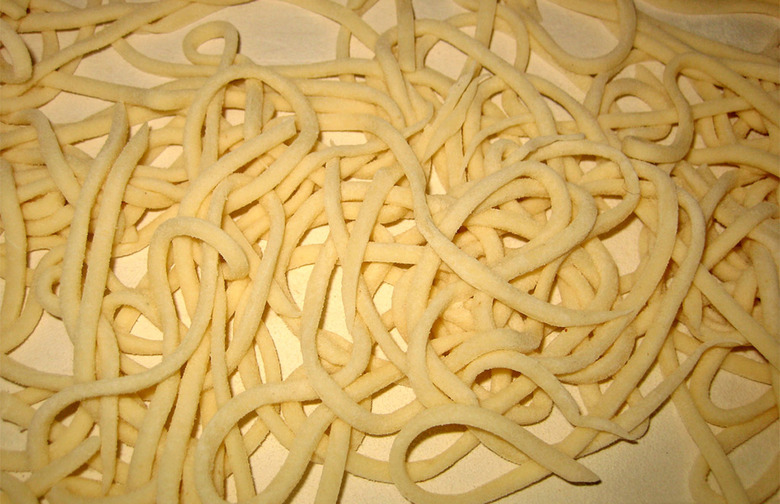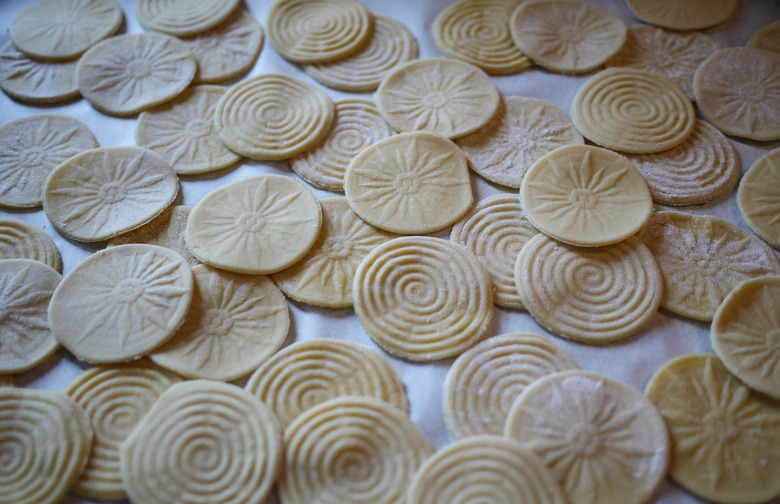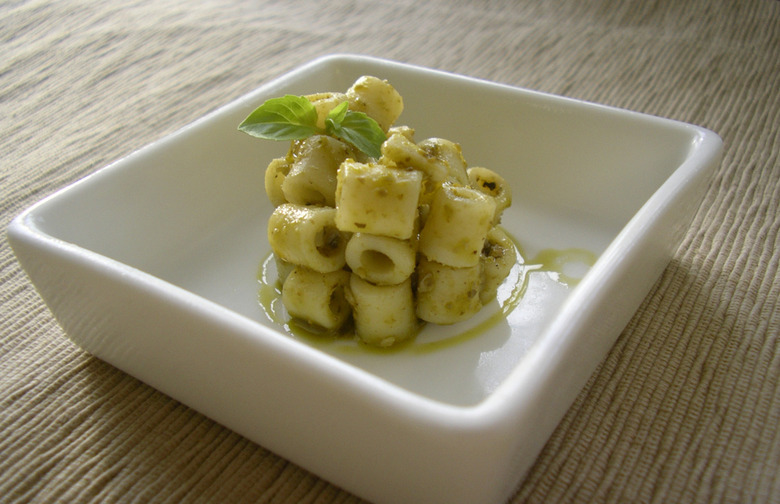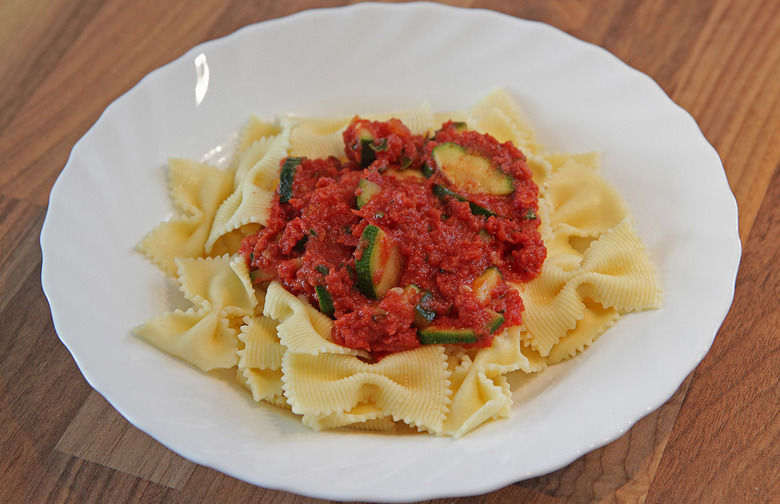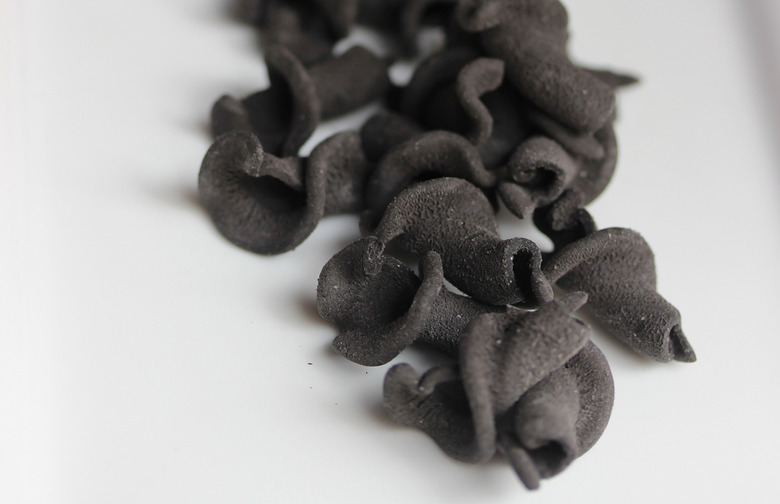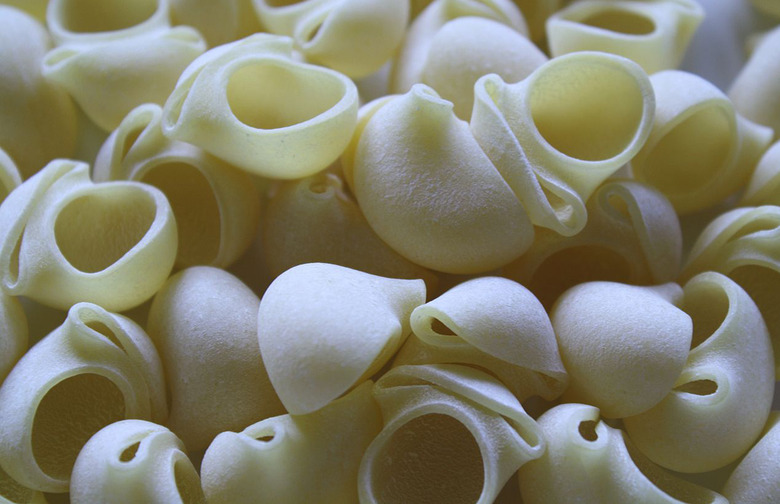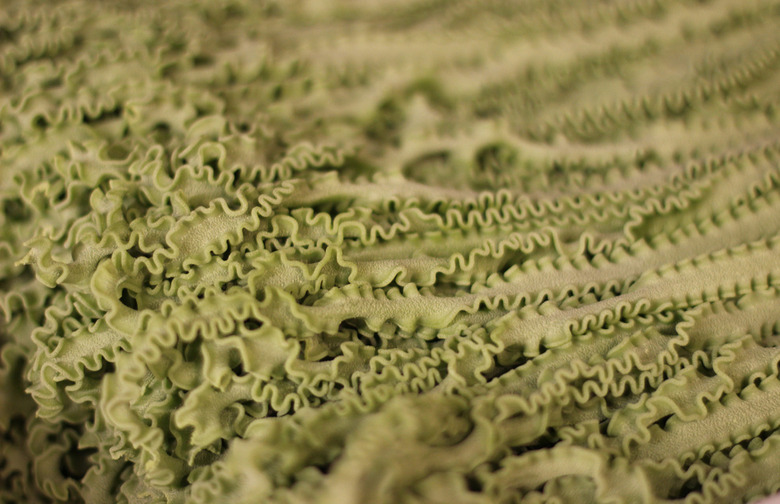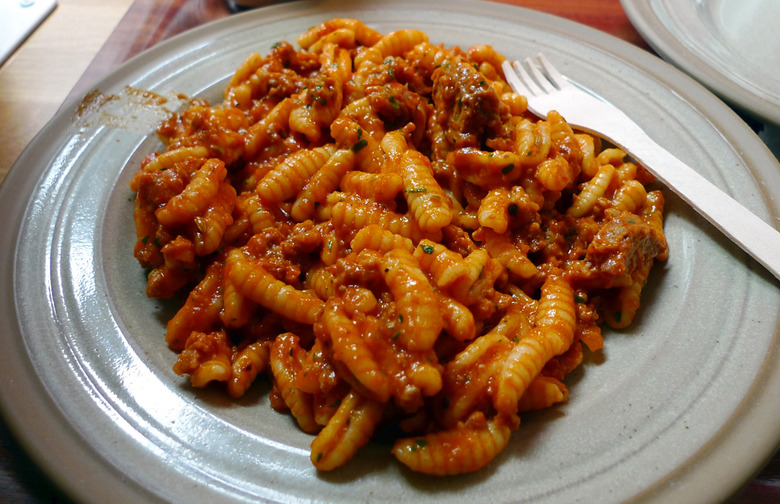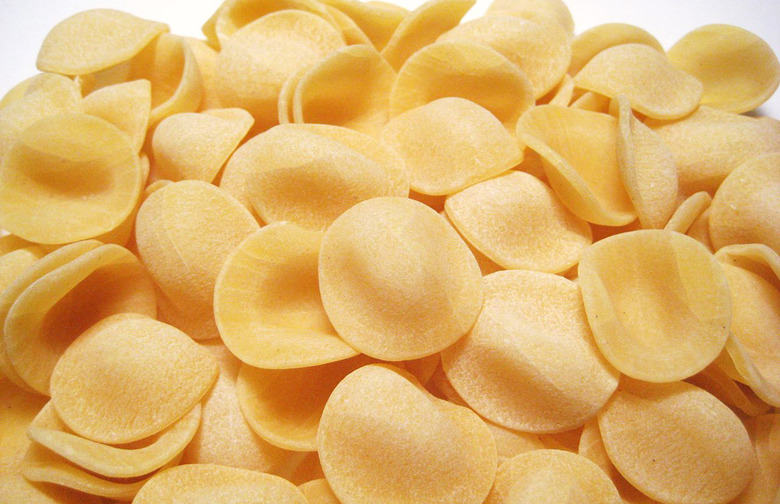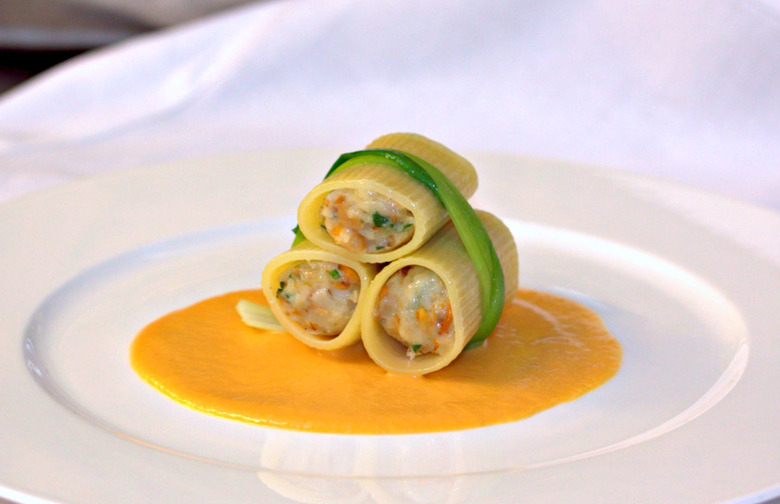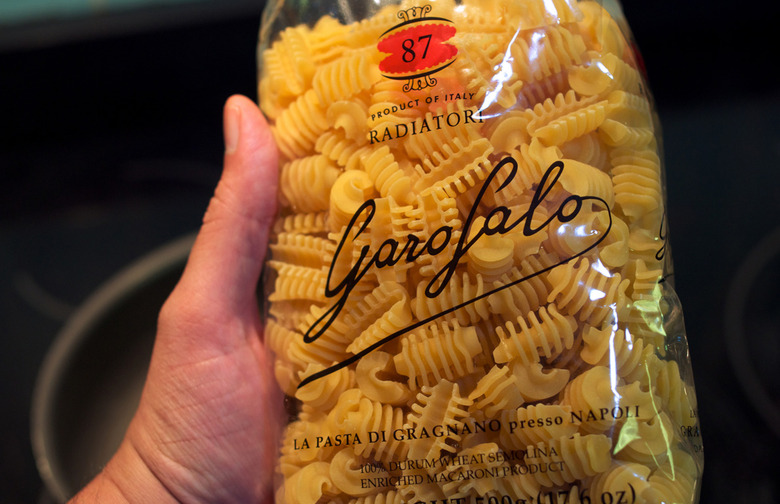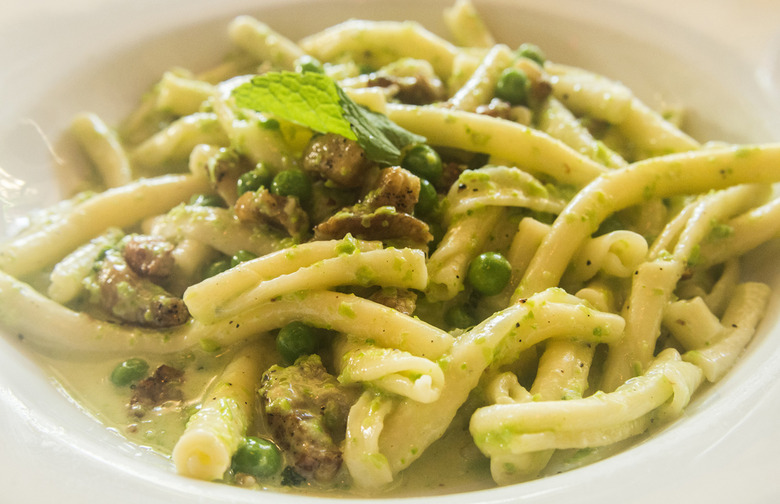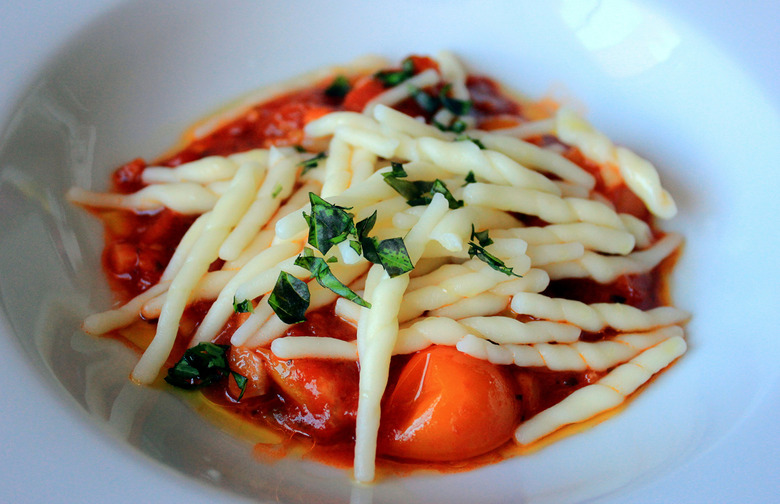25 Kinds Of Pasta You Probably Don't Know And How To Cook Them
25 Kinds of Pasta You Probably Don't Know and How to Cook Them
Pasta and sauce — seems simple enough. While you may be inclined to pair any jarred sauce with any box of pasta on the shelf in the grocery store, as it turns out, most of the more than 350 shapes of pasta have a history and a designed purpose behind their shape beyond just being pretty.
From egg-based pasta doughs to classic semolina durum pastas, we have the history and how best to enjoy a few pasta shapes beyond your typical spaghetti that you should give a try next time you are at the grocery store.
Agnolotti
From the Piedmont region of Italy, this filled pasta is made with a small piece of pasta dough that is then flattened and folded to encase the meat or roasted vegetable filling. These are usually made free, and cook quickly in boiling, salted water. The sauce should be a simple butter or olive oil-based sauce, so as not to detract from the flavor of the pasta and the filling.
Bigoli
From Treviso in Italy, like spaghetti, bigoli is an extruded pasta that looks like a long, thick tube. It was traditionally made with buckwheat flour and duck eggs. Today, you are more likely to find a whole wheat variation of this pasta.
Bucatini
Bucatini is most commonly found in Rome. The pasta, which is looks similar to spaghetti at first glance, has a characteristic hole running through the center of the pasta, which explains its name that comes from the Italian buco meaning "hole." This pasta is typically served with a buttery sauce, sautéed cured meats, vegetables, cheese, eggs, and anchovies.
Canestrini
Meaning "little baskets," canestrini is shaped like an old-fashioned market basket. The pasta shape makes it ideal for fish and meat ragu sauces, which are thick enough to rest in the little basket shaped pasta making the perfect bite of sauce and pasta.
Cannelloni
These long, cylindrical pasta tubes are ideal for stuffing with either meat or cheese filling. The pasta is usually boiled beforehand, then filled, and baked with a basic tomato or béchamel/besciamella style sauce.
Cappelletti
Cappelletti, meaning 'little hat,' gets its name from its striking resemblance to a cardinal's hat. This pasta shape, which is popular in Modena, is a stuffed pasta that looks like an elongated tortellini. Traditionally, this pasta is stuffed with ricotta spiced with nutmeg and lemon zest, and then floated in a simple capon broth.
Casarecce
This simple, twisted-style pasta, made with semolina flour, is similar to orecchiette, cavatelli, and trofie in texture. This style of pasta is best served with a chunky tomato sauce.
Cavatappi
Like its name suggests, cavatappi looks similar to a hollowed corkscrew. This ridged pasta grips sauce well, and while it is a relatively modern pasta shape, because it is easily made by a machine, this style of pasta is versatile and suitable for most any sauce, cream-based, as well as tomato.
Chitarra
Chittara is an egg-based pasta from the Abruzzo area in Italy. The pasta is made by slicing long noodles from a flat sheet of pasta, about three centimeters wide. Traditionally, this style of pasta is served with a sauce of hot peppers and diced lamb. It is also one of the easiest pastas to make on simple home equipment, which is why it is made around the world and served with a variety of sauces.
Corzetti
This large coin-like pasta is stamped on both sides with a beautiful pattern, often the pasta-makers family's coat of arms. This traditional-style pasta comes from the Liguria area, and the embossed pattern helps to grip the thin, oily sauces, like pesto that are typically served with this labor-intensive shape.
Ditalini
Farfalle
Sometimes referred to as "bowtie" or "butterfly" pasta, farfalle is made by cutting small rectangle from a sheet off pasta and then pinching the center together. The pinched center actually keeps the pasta from losing that al dente texture when cooked, and helps to catch the light, vegetable-based sauces that this style of pasta is typically served alongside.
Fusilli
This modern-style pasta that is made by machine is a semolina-based pasta with a spiraled, triple helix shape. The pasta is actually not as good at gripping sauce as some traditional spiraled shapes, but it has a pleasant, firm texture.
Gigli
This beautiful pasta looks like trumpet-shaped flower. The pasta is made with a simple sheet pasta, that is pressed to form the frilly edge, and then twisted to form the tapered bell-shape. This is not a traditional pasta shape, and is most designed for its aesthetic beauty.
Gomiti
This shape translates to "elbows" or "crank shaft." This pasta, which is a product of the industrial pasta factory is excellent for trapping chunky and oily sauces.
Lumache
This quirky-shaped pasta looks a lot like the "snail" its name translates to in English. One end is partially closed to better trap sauces. Lumache is a large, bulky pasta, making it ideal for thicker and chunkier sauces, like a ragu.
Mafalda
This pasta was created for the Italian royal family to celebrate the birth of Princess Mafalda in 1902. The pasta itself is a thick, wide strip about 10 centimeters wide by 250 centimeters long. It has a ruffled edge and a similar look to a lasagna sheet.
Malloreddus
This unusually shaped pasta comes from the Sardinian region of Italy. The name means "fat little calves," and the ridged dumpling-like semolina dough is generally colored with saffron giving it a yellow appearance. The ridges help the pasta to grip thin sauces.
Orecchiette
The name of this pasta means, "little ears," which accounts for its slightly concave shape. This pasta is best fresh, rather than dry because its thick semolina dough exterior needs more time to cook through. When dried, the outside often overcooks before the thicker center is done. Serve this pasta with oily sauces that coat the smooth exterior.
Paccheri
You might expect these large, thick, ridged pasta tubes to be stuffed, but actually, paccheri is never stuffed. This pasta shape is meant to collapse while cooking, and is usually served with a seafood sauce, like totani, which is native to the Naples as well.
Quadretti
This easy-to-make pasta shape is simply made by cutting little squares out of a sheet of pasta. The delicate egg dough is often served in broth with beans, such as a fagiole.
Radiatori
This modern pasta shape was created sometime around 1960. The shape is meant to look like a radiator, as its name suggests. The shape traps the sauce, making this pasta perfect for marinara.
Strozzapreti
This pasta shape has a sordid past. The name translates to "priest-choker," and the shape resembles a rolled cloth that could be used to choke someone. The shape, which originated in the central regions of Italy around Romagna and Tuscany, is a simple twisted pasta, but legend has it that this pasta was used in exchange for forgiveness on land rent payments enforced by the clergy. The pasta shape was possibly a nod to the anger the people felt about these payments.
Trofie
Another twisted pasta, this pasta shape come from Liguria. The shape is most suitable for pairing with a simple pesto sauce. The pasta is usually made with semolina, but is also made with chestnut flour.
